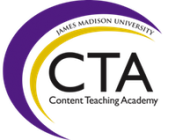Formal Elements of Design
This assignment is given in my Concepts and Criticism class in the first quarter. The class has 9th and 10th grade students, all have been identified as gifted in the Visual Arts. The introduction to the assignment will take 1 class, 1 class studio work day, and 2-3 classes for critique, depending on number of students. Allow for in-depth critique. (classes are 1 hour)
